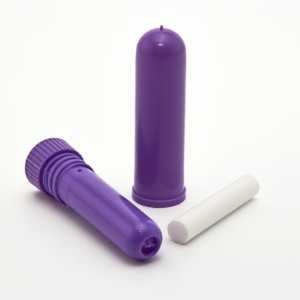Safety Pages
(Hover over a box to learn more)
Knowing how to calculate dilutions is crucial to the safe practice of aromatherapy. You need to know which dilutions are safe and how to calculate them.
Download the Essential Oil Dilution Chart
In a few instances, a reaction can have serious consequences. As always, our aim is to show you how to minimize risk so that you can use essential oils safely, as well as effectively.
Although essential oils are natural substances, “natural” and “safe” are rarely synonymous. Nature is replete with poisonous plants (deadly nightshade, wolf’s bane, foxglove, suicide tree, to name a few) not to mention spiders, snakes, scorpions, etc.
General safety guidelines for essential oils, including dilution limits according to various modes of application and age ranges, and recommendations on how to prevent most adverse reactions.
In most people, an irritant or allergic reaction starts to manifest within 5 or 10 minutes of applying an essential oil and can be almost instant.
Our findings confirm that these are high-risk essential oils when used topically and that most people should dilute them to 1% or less for safe use.
Cinnamon Special ReportThe Tisserand Institute’s Adverse Reaction Database, or ARD, is a collection of self-reported adverse reactions to essential oils.
Adverse Reaction DatabaseA bath with essential oils can very easily turn unpleasant if you don’t follow one simple rule – disperse!


